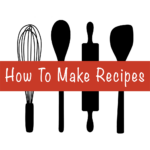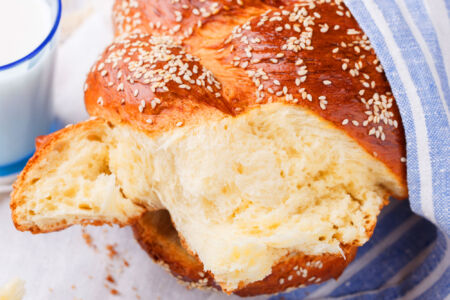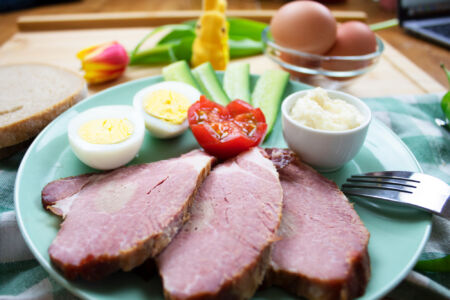Keep Your Cutting Board Clean in 3 Simple Steps: A cutting board is a kitchen essential, used daily for chopping vegetables, slicing meats, and preparing meals. However, it can also become a breeding ground for bacteria if not cleaned properly.
In this article, we’ll guide you through three simple steps to keep your cutting board clean and safe for food preparation.
A Brief History of Cutting Boards
Cutting boards have been a staple in kitchens for centuries. Historically, people used flat stones or wooden planks to prepare food. Over time, the wooden cutting board became popular due to its durability and availability.
Today, cutting boards come in various materials, including plastic, bamboo, and even glass. Despite these innovations, the wooden cutting board remains a favorite among chefs and home cooks alike for its classic look and feel.
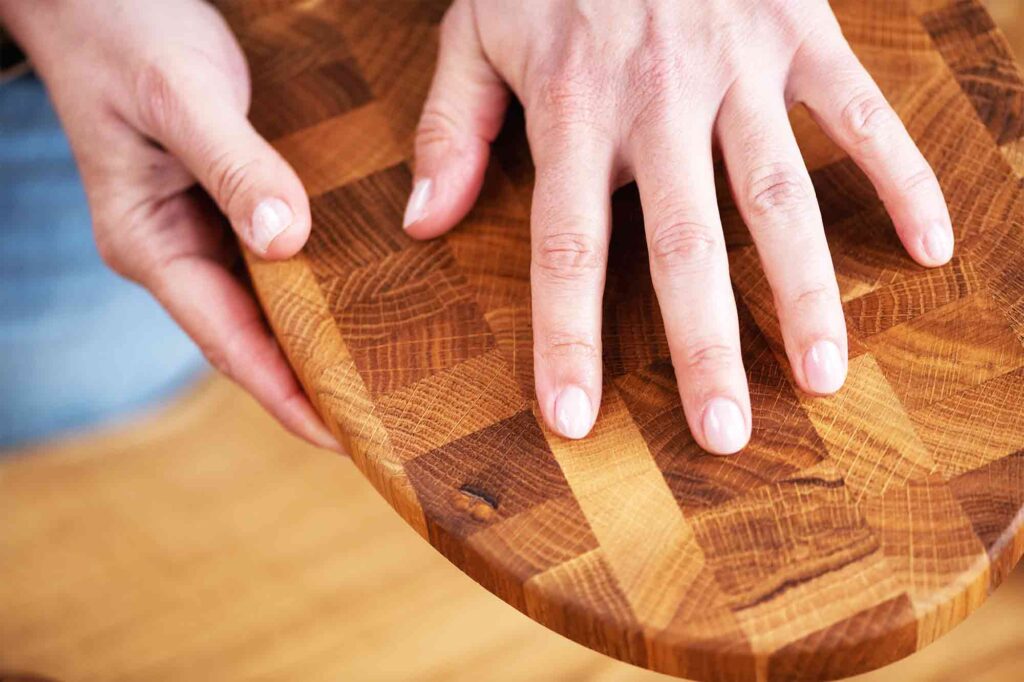
Step 1
Clean Immediately After Use
The first step to keeping your cutting board clean is to wash it immediately after use. Leaving food residue on the board can lead to bacterial growth and stains. For wooden cutting boards, use hot water and mild dish soap. Scrub the board with a brush or sponge, making sure to remove all food particles.
Avoid soaking wooden boards, as excessive water can cause them to warp and crack. For plastic or glass cutting boards, you can follow the same procedure but with less concern about water damage.
Step 2
Disinfect Regularly
Disinfecting your cutting board is crucial to kill any lingering bacteria. For a natural disinfectant, mix one part white vinegar with one part water and spray it onto the board. Let it sit for a few minutes, then rinse with hot water. Alternatively, you can use a diluted bleach solution (1 tablespoon of bleach per gallon of water) for plastic boards.
For wooden boards, hydrogen peroxide can be a gentler option. Pour a small amount over the surface, spread it with a cloth, and let it sit for a few minutes before rinsing thoroughly.
Step 3
Maintain and Condition
Wooden cutting boards require regular maintenance to keep them in good condition. Every few weeks, apply a food-grade mineral oil to the surface of the board. This helps to prevent the wood from drying out and cracking. Simply rub the oil onto the board with a cloth, let it absorb for a few hours, then wipe off any excess. For bamboo boards, you can use a specialized bamboo oil.
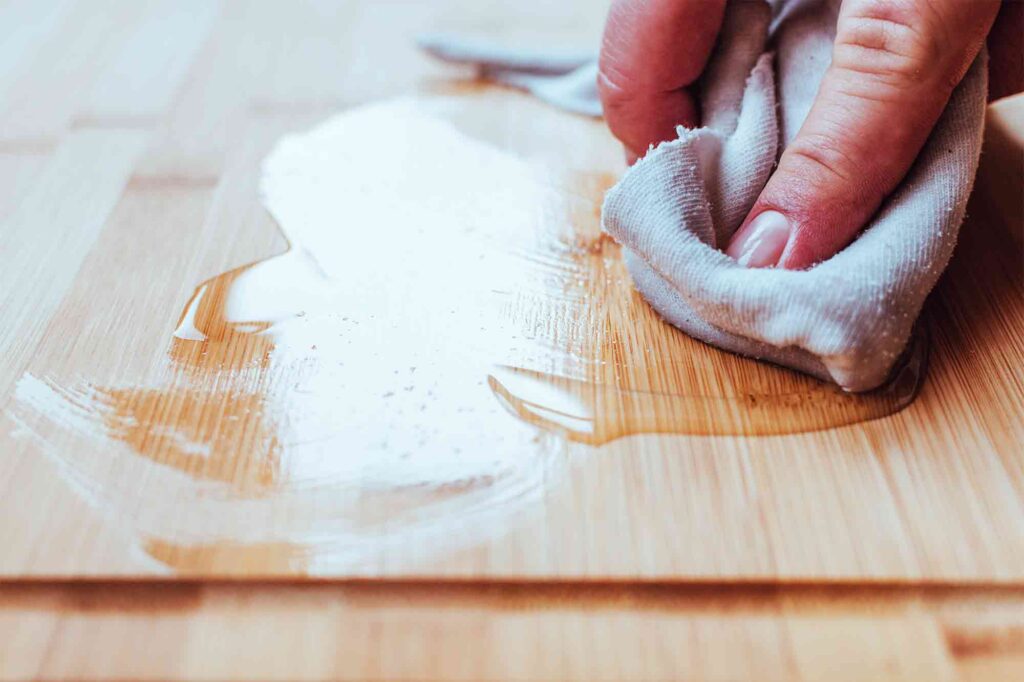
Plastic boards don’t require oiling, but they should be replaced once they become excessively worn or develop deep grooves where bacteria can hide
Keeping your cutting board clean doesn’t have to be a daunting task.
By following these three simple steps—cleaning immediately after use, disinfecting regularly, and maintaining your board—you can ensure that your cutting board remains a safe and reliable tool in your kitchen.
Remember, a well-cared-for cutting board not only lasts longer but also contributes to the overall hygiene of your food preparation process.
